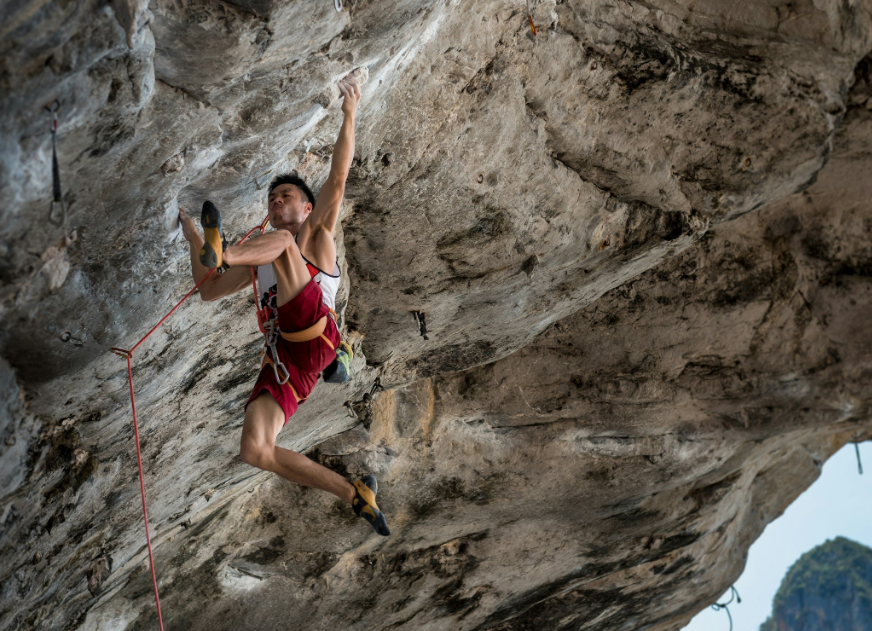Understanding Shoulder Pain with Hanging: A Sports Physical Therapy Perspective


Shoulder pain during hanging challenges, such as dead hangs, kips, or pull-ups, is a common issue among many athletes. This discomfort can stem from various factors, with mobility deficits and scapular stability issues typically being the primary culprits. In this blog, we’ll delve into the reasons behind shoulder pain with hanging and how addressing these can enhance your athletic performance.
The Shoulder Complex: An Overview
The shoulder is a highly mobile complex, relying on a delicate balance between mobility and stability. It comprises three bones (the humerus, scapula, and clavicle) and four joints (the glenohumeral, acromioclavicular, sternoclavicular, and scapulothoracic joints). The muscles surrounding these joints, primarily the rotator cuff and scapular stabilizers, play a critical role in maintaining this balance.
Mobility Deficits
Shoulder mobility refers to the range of motion available at the shoulder complex. A majority of this range comes from the glenohumeral and scapulothoracic joints. Adequate mobility is essential for achieving and performing overhead movements without pain. A limitation in mobility from tightness in the joint capsule, muscles, or surrounding structures can lead to compensatory movements and increased strain on the shoulder structures during hanging exercises.
Scapular Stability Deficits
Scapular stability involves the control of the scapula (shoulder blade) during arm movements. The scapula serves as the foundation for shoulder function, and its position and movement are crucial for efficient shoulder mechanics. Optimal stability of the scapula allows for increased mobility and control in the overhead position. Decreased scapular stability can lead to abnormal shoulder movement patterns and excessive stress on the rotator cuff or other surrounding structure, which eventually lead to pain.
The Combination of Mobility and Stability Work
Often, shoulder pain with hanging is not solely due to either a mobility or stability issue but rather a combination of both. A comprehensive assessment and individualized plan are essential to address these intertwined factors and get you back to feel 100% again. Here at The PATH, we love utilizing an approach that tackles both mobility deficits and works on strength and neuromuscular control of the shoulder complex, while strategically working back into the hanging position.
Seeking Professional Help
If you have been dealing with nagging shoulder pain during hanging and are looking to get back to training pain free, consider seeking help from a performance based physical therapist. Sports physical therapy is great for athletes and active individuals who are focusing on not just recovering, but improving their performance and reducing the risk of future injuries.
At The PATH Rehab & Performance, our experienced physical therapists will take you through a comprehensive evaluation to identify the root cause of your shoulder pain. From there, you will be given a custom protocol and clear path on how to get back to feeling your best.
Don't let shoulder pain hold you back—reach out to The PATH and their reputable physical therapists in Tacoma today and take the first step towards pain-free training and optimal performance.
Looking to learn more? Keep up with our newest blogs, events in Tacoma, and company updates here!
Sign up for our newsletter
Join our community and receive exclusive physical therapy insights, training strategies, and recovery techniques tailored for active people.
